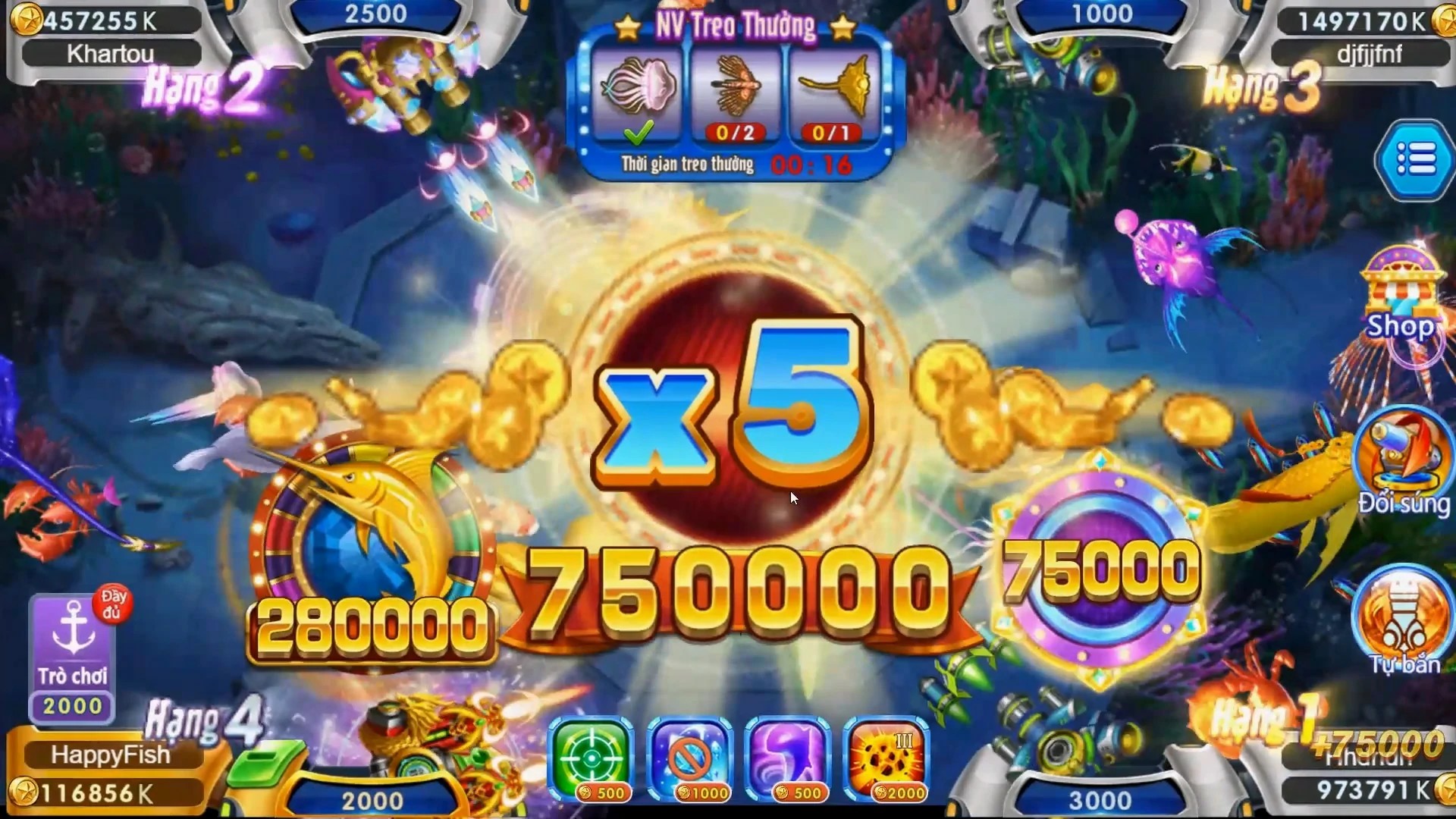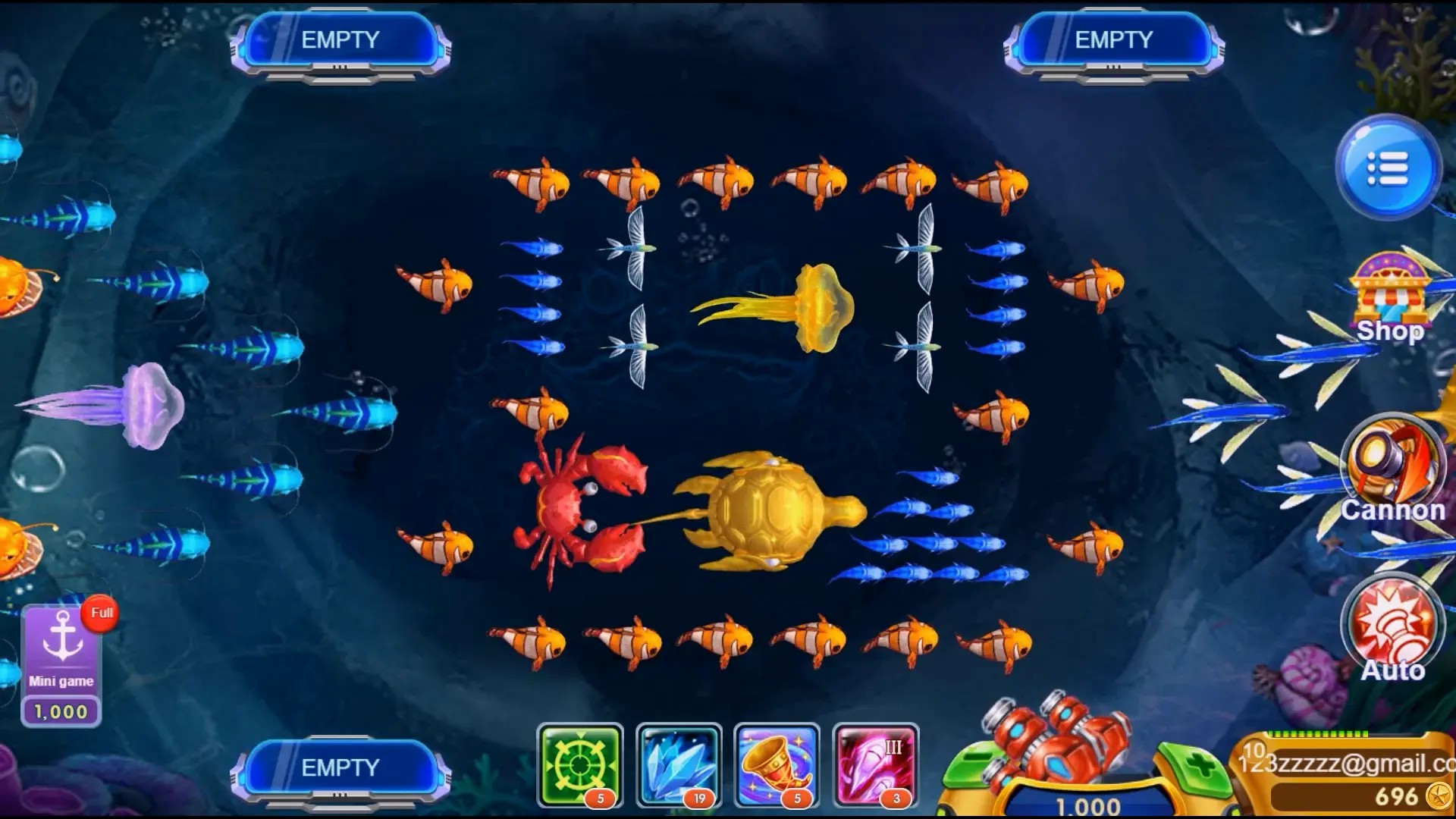Why Idle Games Are Taking Over the Gaming Industry: A Deep Dive into the Trend
In recent years, idle games have become a significant force in the gaming industry. From their simple mechanics to their impressive ability to hold players' attention without active engagement, these games are revolutionizing how we think about play. But what exactly makes idle games so popular? Let’s explore this trend in detail.
Understanding Idle Games
Idle games, often referred to as "clicker games," are designed for players to make minimal effort while achieving game success. Players typically make a single action initially—like clicking an object to collect resources—and then the game slowly progresses on its own. As players accumulate resources, they can invest them to boost production further.
The Rise of Idle Games
Why have idle games surged in popularity? There are a few factors at play:
- Accessibility: Idle games can often be played with just one hand, making them perfect for on-the-go gaming.
- Low Commitment: Players can engage or disengage at will without missing out on the game’s progress.
- Continuous Feedback: The satisfaction of watching numbers and resources grow is universally appealing.
Diving into the Best Idle Games
Let’s take a look at some of the leading idle games currently available that have captivated players worldwide. Below is a list of the most popular titles:
| Game Title | Platform | Release Year |
|---|---|---|
| AdVenture Capitalist | PC, Mobile | 2014 |
| Cookie Clicker | PC, Mobile | 2013 |
| Clicker Heroes | PC, Mobile | 2014 |
| Realm Grinder | PC, Mobile | 2015 |
| Egg, Inc. | Mobile | 2016 |
Idle Games vs. Traditional Games
There’s often an interesting debate regarding the comparison between idle games and traditional gaming experiences, particularly in storytelling and user engagement.
- Story-Driven Games: Traditional RPGs offer rich narratives and character development.
- Gameplay Complexity: Idle games focus on simplicity, often foregoing complex mechanics.
- User Time Investment: Players dedicate varying amounts of time, with idle games often requiring less focus.
The Appeal of RPG Phone Games
Speaking of user engagement, RPG phone games are also worth mentioning. These games often combine story-driven experiences with elements that can be considered idle. Players can progress in the game without constant interaction, making them a blend of both worlds. Notable examples of RPG phone games that embrace elements of idle gameplay include:
- AFK Arena
- Idle Heroes
- Tap Titans 2
The Mechanics Behind Idle Game Success
Idle games often rely on core mechanics that enhance player engagement:
- Progression Systems: Players love to see progression, and idle games are designed to provide this.
- Achievements and Rewards: Frequent rewards and achievements keep players motivated.
- Visual Feedback: Bright visuals and sounds contribute to a satisfying experience.
The Psychological Factors at Play
Psychology also plays a significant role in the appeal of idle games. Key drivers include:
- Instant Gratification: Players receive immediate returns on their efforts.
- Continuous Engagement: The game pulls players back to check on their progress.
- Community Culture: Many idle games have community forums that encourage interaction.
Key Features of Successful Idle Games
What sets successful idle games apart? Here are some critical features:
- **Simplicity** — Easy to understand mechanics that welcome casual gamers.
- **Customization** — Opportunities for players to personalize their experience.
- **Regular Updates** — Developers need to keep content fresh and exciting.
The Future of Idle Games
So, what does the future hold for idle games? As technology continues to evolve, the integration of augmented reality (AR) and virtual reality (VR) into idle games could change the landscape significantly. Imagine watching your resources grow in a three-dimensional space or interacting with the environment in unprecedented ways.
Conclusion
Idle games are truly redefining the gaming industry, appealing to a wide range of players due to their accessibility, simplicity, and engaging mechanics. They represent a fascinating evolution in user experience design, catering to an audience that values both casual gaming and continuous feedback. As we move forward, it’s likely that this trend will continue to grow, marrying elements of AR and VR with the idle game format. It’s an exciting time to be a part of this transformation!



